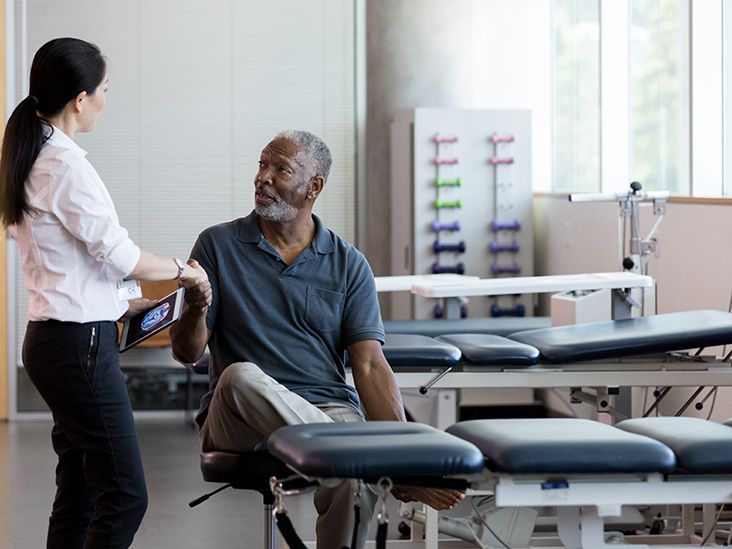Assessing the Interplay of Articular Flexibility and Stability in Client Outcomes
Assessing the Interplay of Articular Flexibility and Stability in Client Outcomes
Blog Article
Joint movement and control are crucial factors that influence patient results in rehabilitation and rehabilitation. Joint mobility refers to the extent of movement available at a joint, while steadiness entails the ability to maintain management of that joint during movement. When clients have good joint mobility, they can move their limbs freely, which is essential for performing daily tasks. On the contrary hand, stability helps avert harm by allowing the body to maintain correct positioning and balance during these actions. Understanding how these two factors connect can lead to better care plans and bettered recovery for patients.
In numerous cases, clients with joint pain or traumas frequently experience a reduction in mobility. For instance, conditions like osteoarthritis can restrict how far a articulation can shift, making it challenging for individuals to perform activities such as ambulating or ascending stairs. Physical therapists commonly concentrate on exercises that enhance mobility through stretching and fortification. These exercises can help restore the range of motion, making it more manageable for patients to participate in their daily activities. Nonetheless, enhancing mobility without accounting for stability can result to further harm, emphasizing the need for a balanced approach.
Stability is equally crucial in therapy. When a joint is deficient in stability, it becomes more vulnerable to injuries during activity. For instance, an wobbly knee articulation can lead to strains or tears while sprinting or jumping. To enhance control, rehabilitation specialists may integrate activities that the original source strengthen the muscle groups around the joint. These activities help support the articulation and prevent excess movement that could result to harm. By focusing on both range of motion and stability, rehabilitation specialists can provide a comprehensive treatment plan that meets the unique requirements of each patient.
The interaction between joint movement and stability is especially evident in athletic rehabilitation. Athletes frequently require a high level of both flexibility and stability to execute at their best. For instance, a dancer needs to have flexible articulations to achieve intricate movements while use this link also preserving stability to prevent falls. In sports training, trainers and trainers stress the importance of cultivating both aspects to improve performance and minimize the chance of injuries. This method ensures that athletes can perform effectively while maintaining their articulations safe during strenuous activities.
In conclusion, understanding the connection between articular mobility and control can lead to better outcomes for clients in various environments, from rehabilitation centers to athletic conditioning facilities. By encouraging both aspects, medical practitioners can help patients recover their power and confidence. This integrated approach not only helps in rehabilitation but also equips people with the tools they need to avert subsequent injuries. As studies continues to advance in this field, the importance of combining range of motion and stability in care plans will remain a key priority for improving patient care and general health.